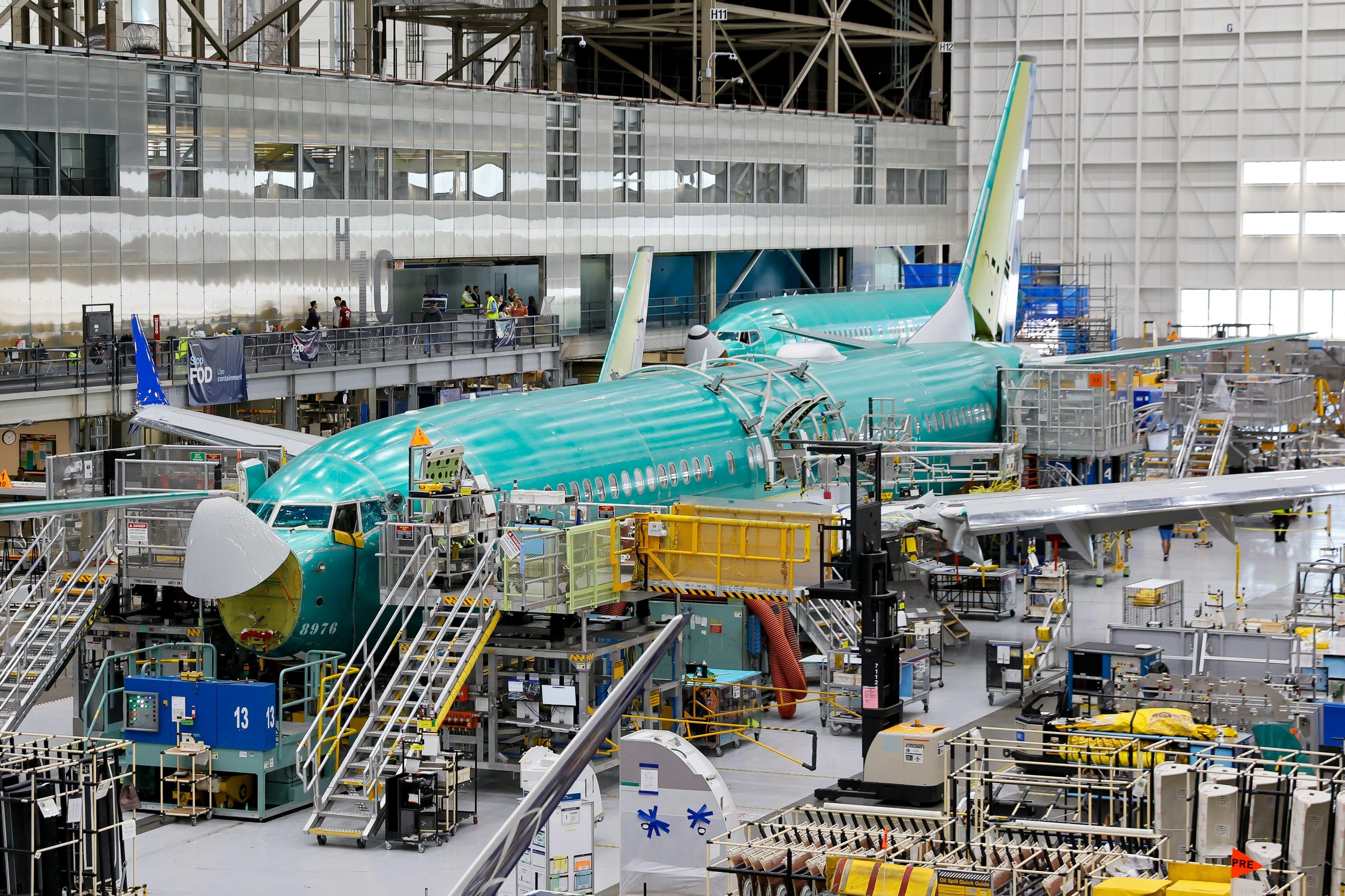
AeroGenie - مساعد الطيار الذكي الخاص بك.
الرائج الآن
Categories
US Airline Introduces Secondary Cockpit Barrier on First Flight
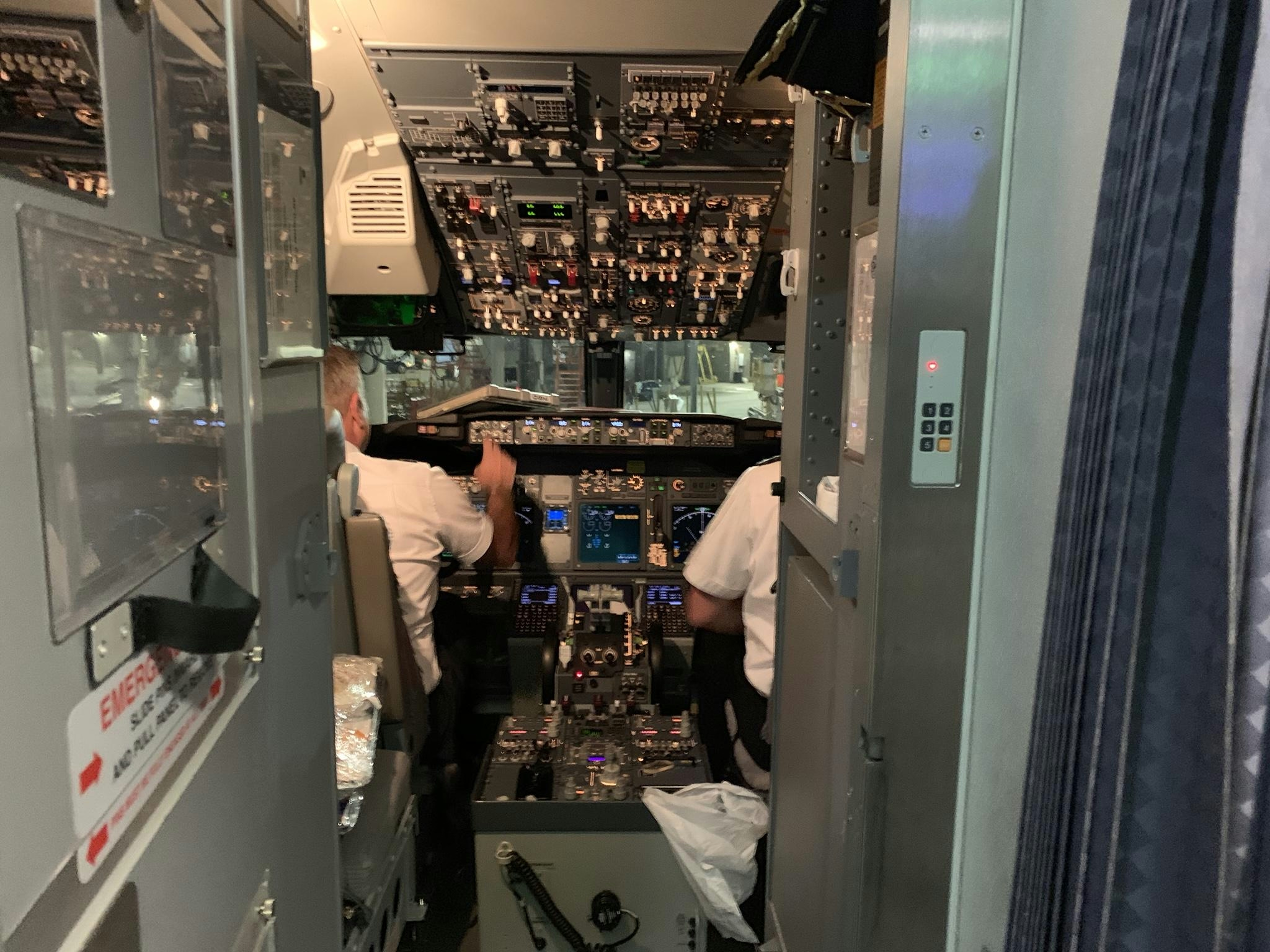
Southwest Airlines Introduces Secondary Cockpit Barrier on First Boeing 737 MAX 8 Flight
Southwest Airlines has commenced operations of its first Boeing 737 MAX 8 equipped with a secondary cockpit barrier, marking a notable advancement in aviation security for US commercial flights. The inaugural journey, departing from Phoenix to Denver on August 29, represents the first aircraft in Southwest’s fleet to incorporate this additional security feature, which is designed to prevent unauthorized access to the flight deck.
Enhanced Security Measures Following Regulatory Mandate
The secondary barrier, installed immediately behind the primary cockpit door, responds to longstanding demands for improved flight deck protection in the aftermath of the September 11, 2001 attacks. Pilots’ unions have consistently advocated for such measures, emphasizing their importance in safeguarding against intrusions during vulnerable moments when the cockpit door is open.
This development follows a Federal Aviation Administration (FAA) regulation announced in 2023, which took effect on August 25. The rule mandates that all newly delivered commercial passenger aircraft be equipped with secondary cockpit barriers. However, the regulation does not require retrofitting existing aircraft, meaning only new planes entering service will feature this enhanced security measure.
Industry Response and Implementation Timeline
The FAA’s directive has elicited mixed reactions within the aviation community. While many pilot unions have welcomed the additional layer of protection, some have criticized the agency’s decision to allow a one-year exemption before the barriers must be operational. Most major US carriers have indicated their intention to utilize this extension, postponing the installation of secondary barriers on new deliveries until the July 2026 deadline.
In contrast, Southwest Airlines has chosen to comply immediately with the new regulation as it receives new aircraft. The airline anticipates taking delivery of approximately 25 additional Boeing jets equipped with the secondary barrier by the end of the year. Justin Jones, Southwest’s executive vice-president for operations, stated, “We felt like we could get it done and put it in production as soon as the aircraft was ready.”
Manufacturers Boeing and Airbus have also begun delivering aircraft fitted with the new barriers in accordance with FAA requirements. Nonetheless, planes without FAA-certified barriers are not yet subject to compliance.
Broader Context of Aviation Security Enhancements
The FAA’s rule forms part of a broader initiative to bolster aviation security in the United States. Following the 2001 hijackings, the agency introduced standards to reinforce cockpit doors against forcible intrusion and unauthorized entry. The introduction of the secondary barrier aims to further mitigate risks during periods when the cockpit door must be opened in flight.
Southwest’s proactive adoption of this safety feature signals the onset of a wider implementation of secondary cockpit barriers across the US commercial fleet in the coming years.
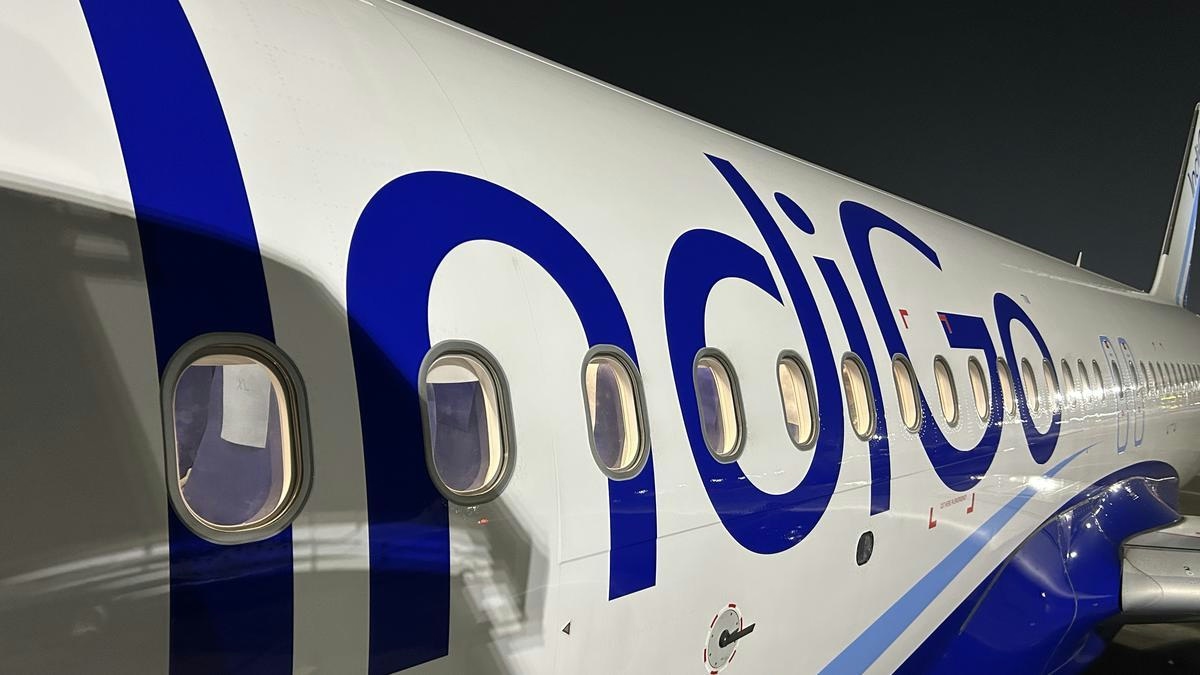
IndiGo to Deploy Wide-Body Aircraft on Vijayawada-Hyderabad Route, Says MP
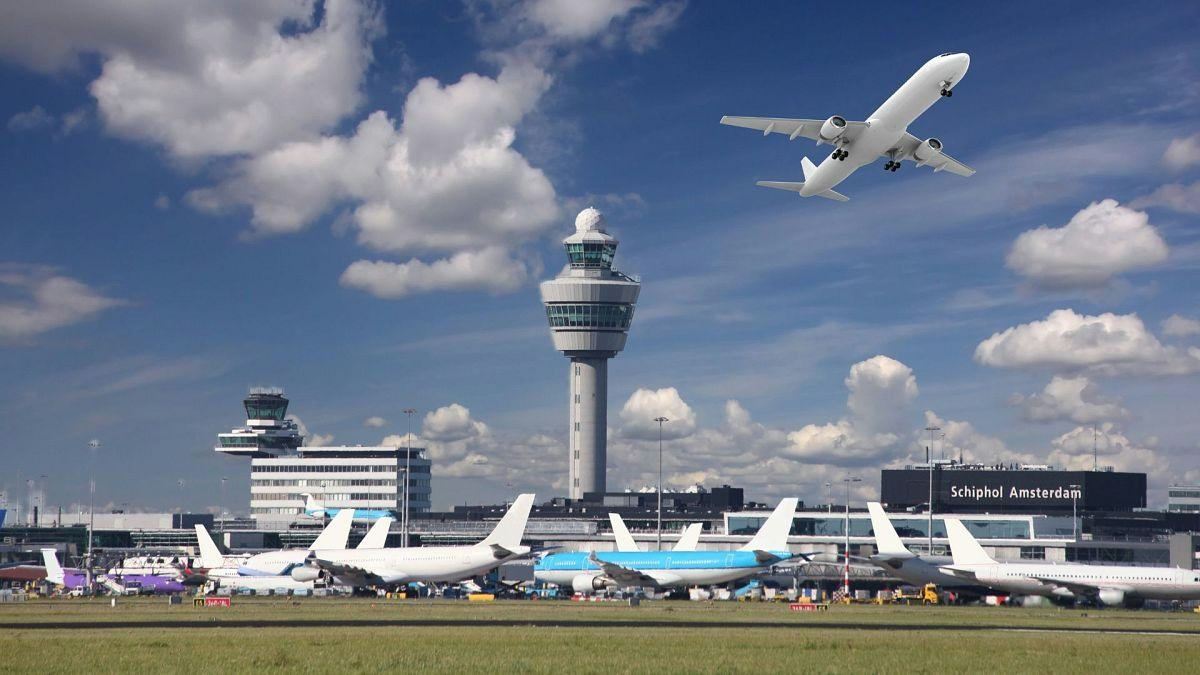
Europe Unveils New Aviation Strategy to Promote Cleaner, Faster Flights
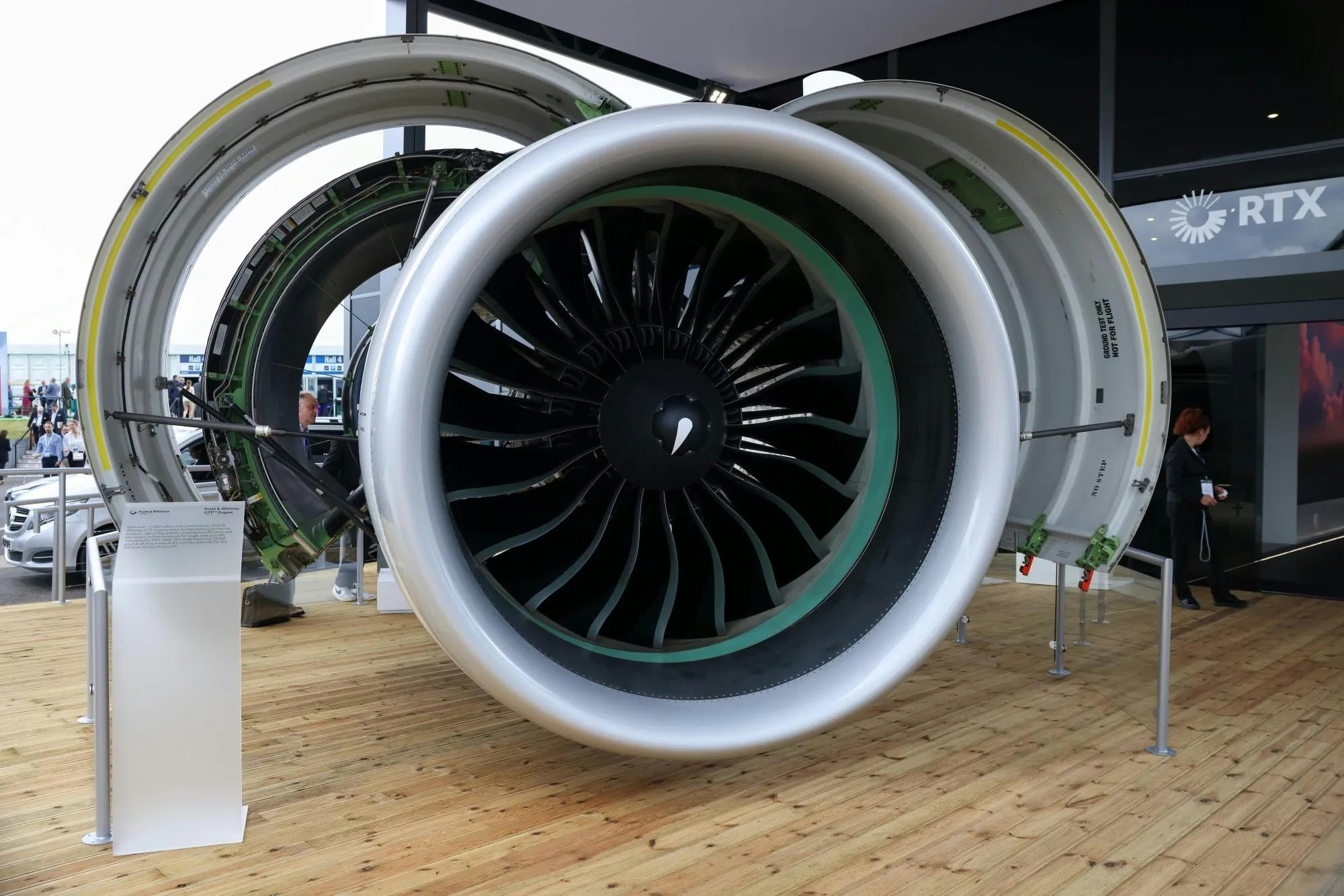
Spirit Signs Agreement with Pratt & Whitney Units on Aircraft Engines
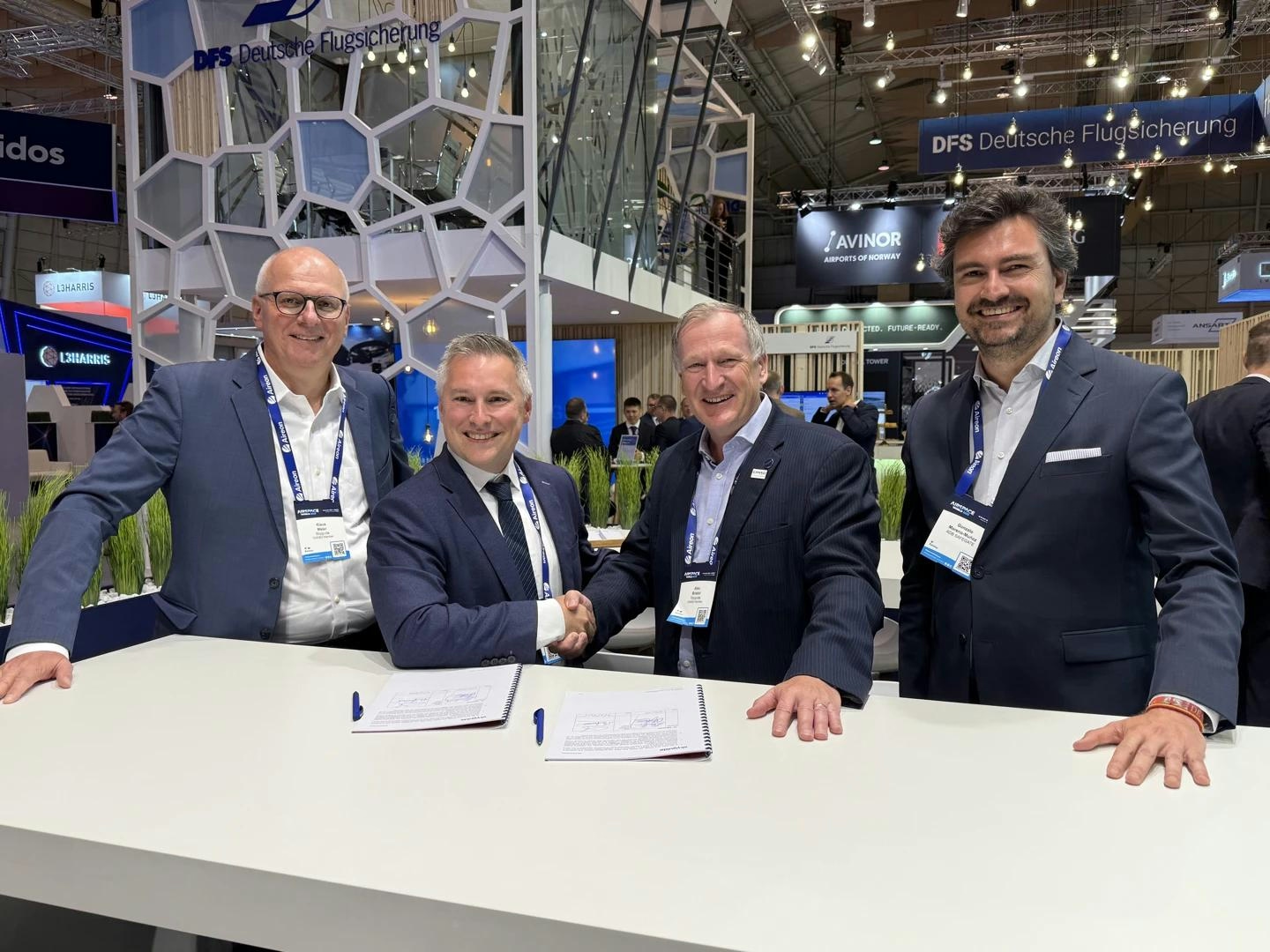
ADB SAFEGATE Receives Industry Awards for Marketing, R&D, and Social Impact

GA Telesis Secures Five-Year Landing Gear Overhaul Agreement with Major U.S. Carrier
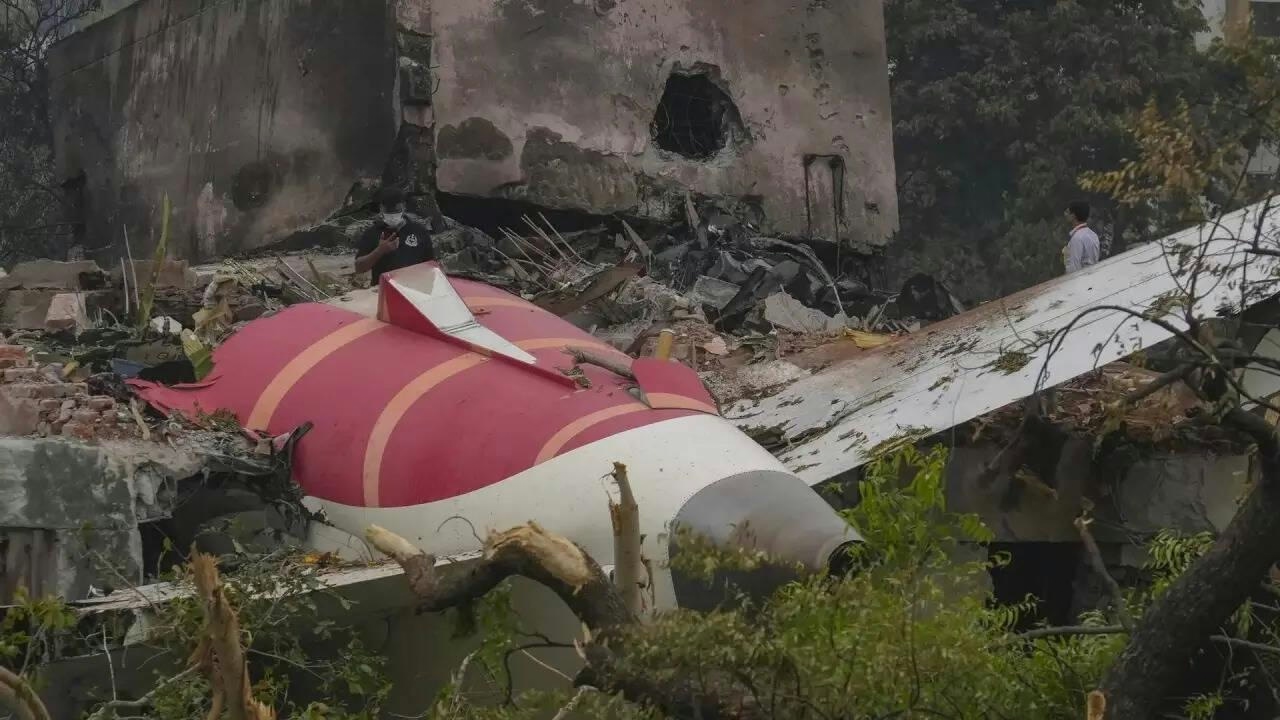
Government Strengthens Aviation Safety Framework Amid AI-171 Investigation
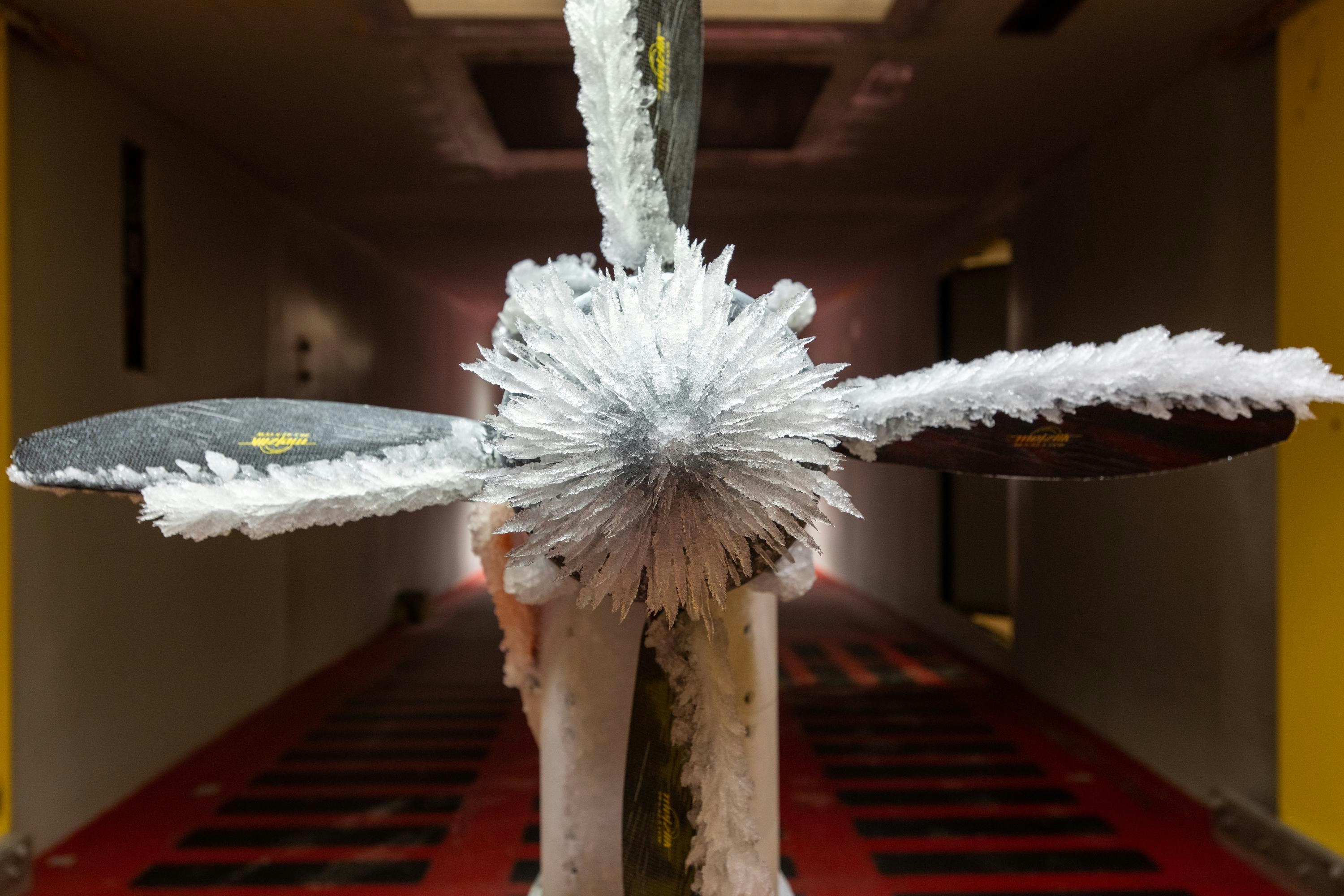
NASA Software Raises Bar for Aircraft Icing Research

Dans and Emirates Aviation University Partner on AI Air Traffic Management Research
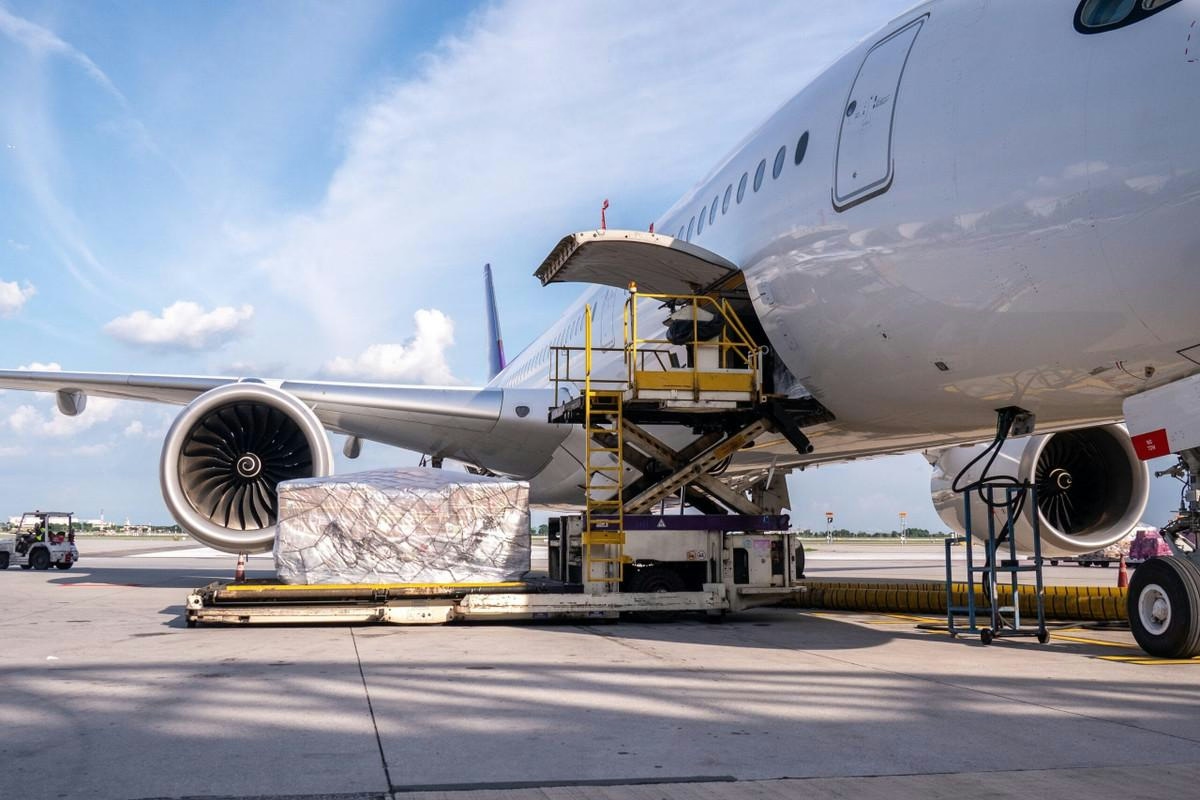
Nigus and AXISCADES to Develop Nigeria’s First Major Aviation MRO Hub
